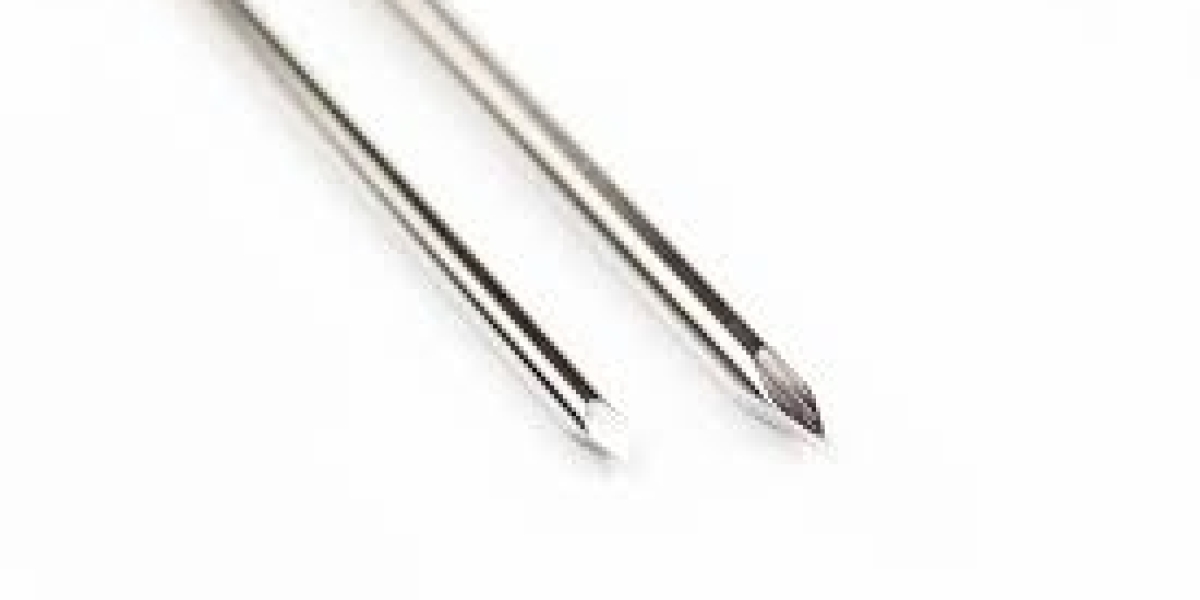Kirschner wires, commonly known as K-wires, are thin stainless steel pins used by orthopedic surgeons to hold bones in place until fractures or broken bones have healed. K-wires help support and realign fractured fragments through insertion across the bone. Their main use is fracture fixation for small hand and foot bones.
Bone Fragment Alignment and Stabilization
When small bones in the hands, wrists, feet or ankles are fractured, precise reduction or realignment of the bony fragments is necessary for proper healing. K-wires help maintain alignment by inserting one or more wires through the bone fragments from different angles. The wire tips are bent at the skin surface to prevent backing out. This rigidly fixes the fragments in proper position until callus forms.
Wires are usually inserted with an electric drill and threaded manually through the bone under fluoroscopic guidance. They come in varying diameters from 0.5-2mm depending on the bone size. Larger wire diameters provide greater strength for fixation of bigger or weight-bearing bones.
Stabilization of Joint Dislocations
Kirschner wires are also used to fixate small bones in the hand, wrist or foot following a dislocation injury. By rigidly holding fracture fragments together across the joint, the wires support the joint reduction in proper alignment. This allows for immobilization and protection during early healing while preventing re-dislocation.
Surgical Pinning Procedures
In some surgical procedures like finger or toe arthrodesis, small bones need to be securely pinned to promote bony fusion across a joint. Kirschner wires are inserted transfixing the bones to stabilize them in the desired position during fusion. They maintain the position for 6-8 weeks to allow fusion to occur.
External Fixation Frames
Larger external fixation frames utilize thicker K-wires (1-2mm) as part of an external bone stabilization system. When internal fixation is not possible due to severe soft tissue damage, external fixators are applied to reduce fractures and hold bone segments in place externally. Thicker K-wires and bolts pin the bones to a stabilization frame.
Other Applications
Additional procedures where K-wires are commonly used include finger and toe amputations to hold the bone ends securely together during healing. They may also be used for fixation after joint debridement or arthroplasty procedures. K-wires have very low risk of complication and allow for optional early implants removal once adequate stability is achieved.
Removal of Kirschner Wires
In most cases, K-wires are removed in the clinic as outpatients under local anesthesia after 6-8 weeks once radiographic evidence shows adequate fracture or fusion healing. Removal is typically done manually by grasping the bent wire ends with wire cutters or needle holders and slowly stripping the wire out.
Removal timing varies based on the indication and patient factors. Wires adjacent to joints are removed early to allow for mobilization, while those stabilizing severe fractures may remain longer. Proper technique and wire diameter are important to prevent breaking on removal. When difficult, image guidance can help localize and extract broken wire segments left unintentionally in bones.
Benefits and Drawbacks
Key advantages of kirschner wires fixation include minimal soft tissue dissection, rigid fixation abilities, ease of implementation and optional removal. Their use allows for less invasive fixation compared to plate and screws. However, reported complications include infection, tendon injury, nerve damage, pain and non-union at insertion or breakage sites if left long term. Overall, K-wires have stood the test of time as a versatile mini-internal fixation device utilized widely due to favourable risk versus benefit profile.









